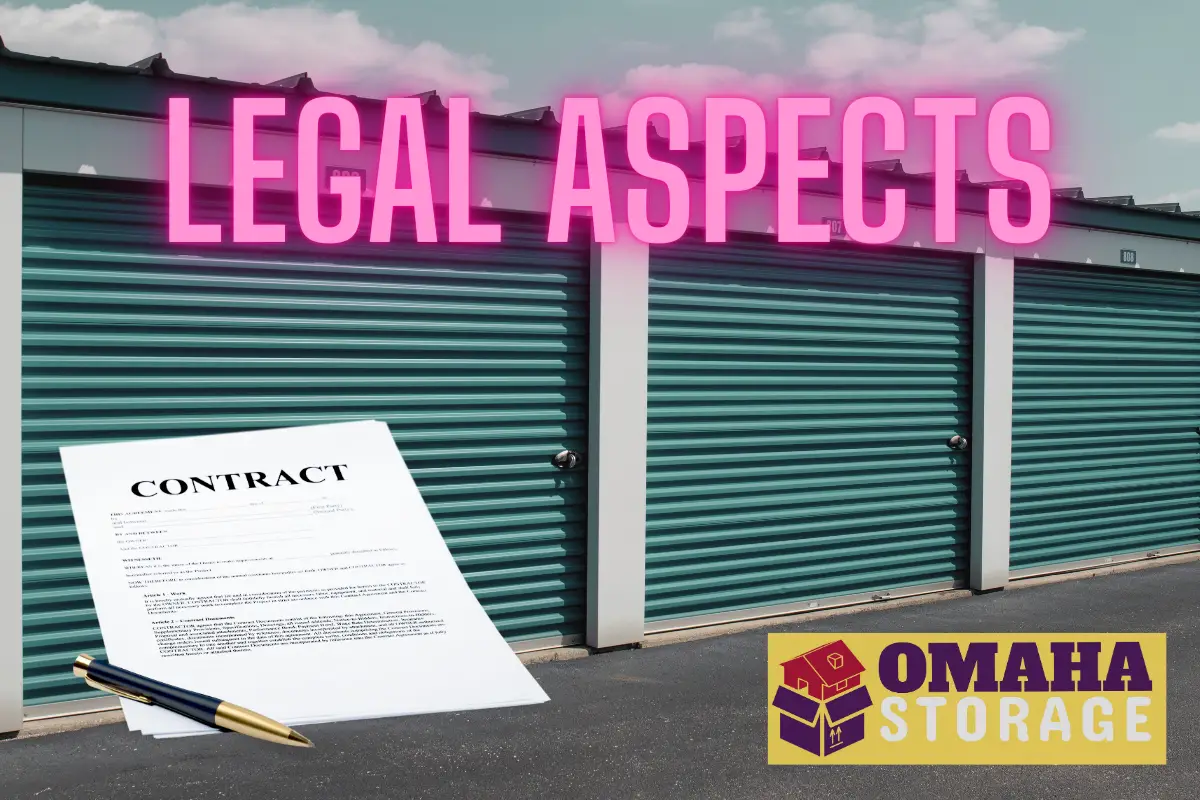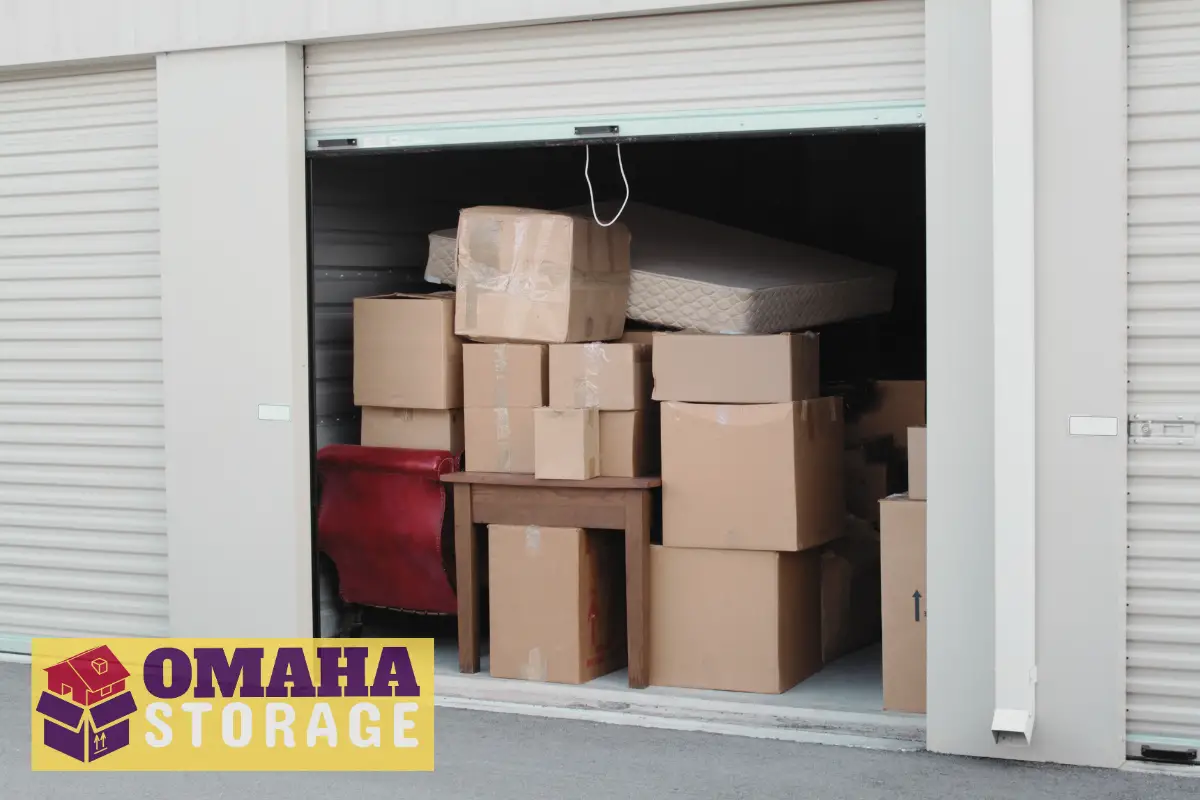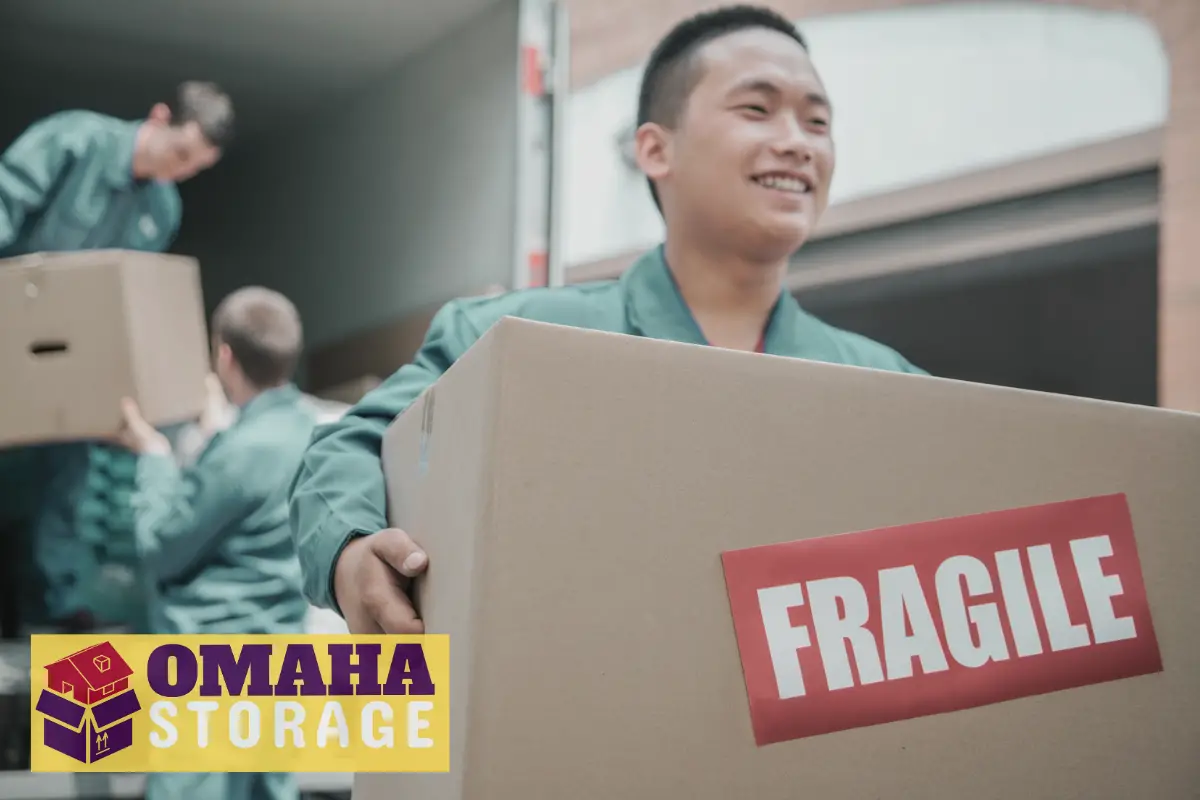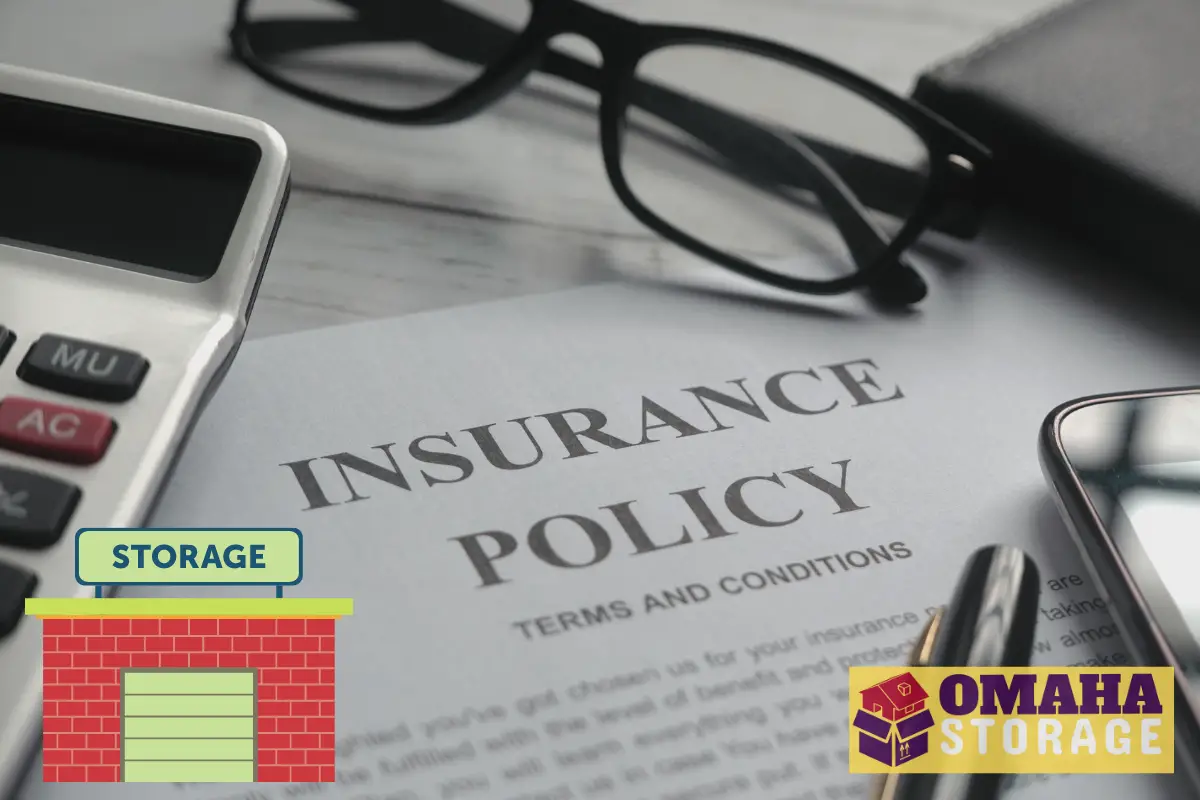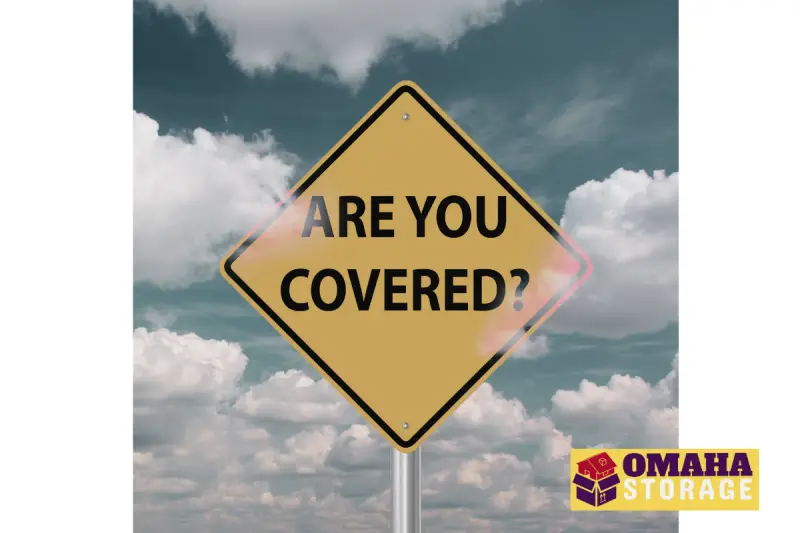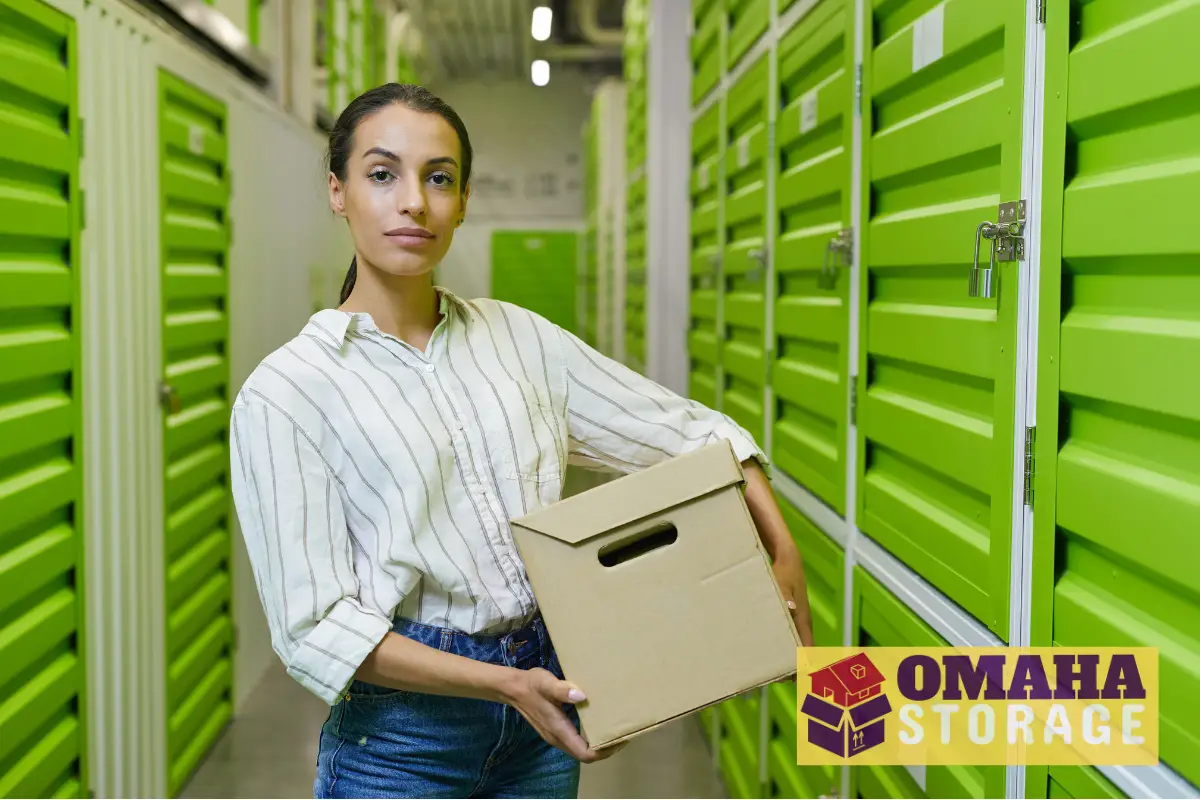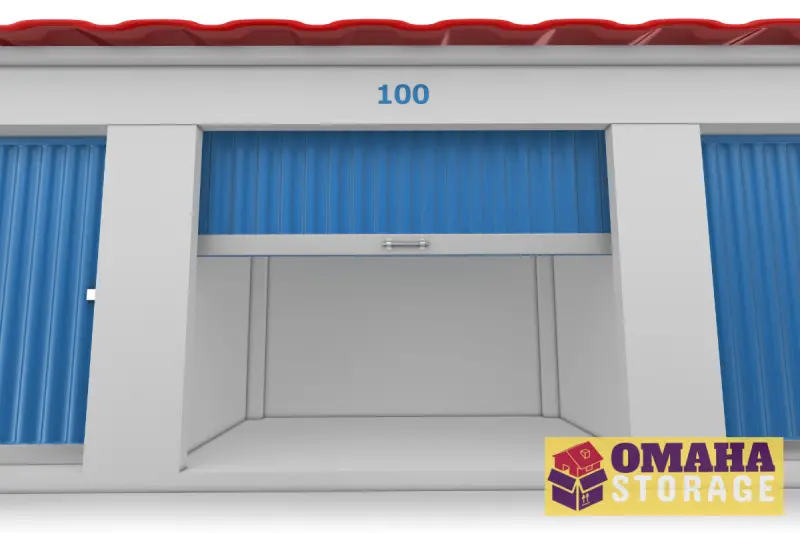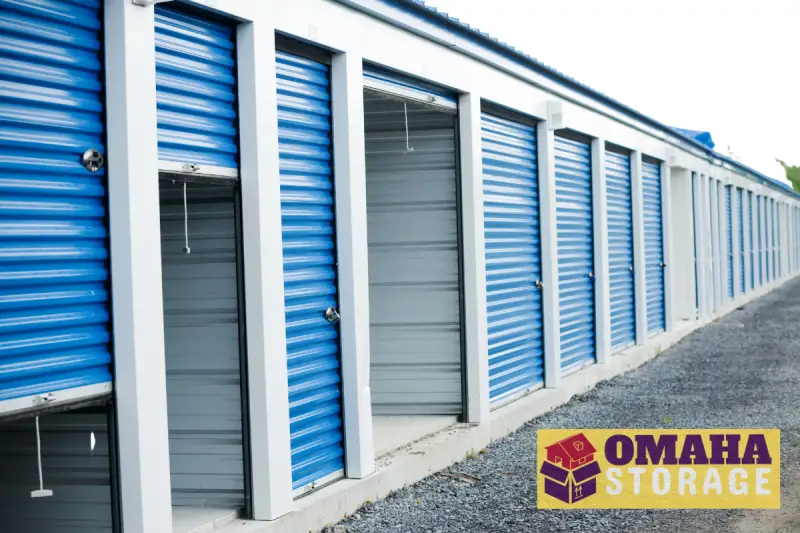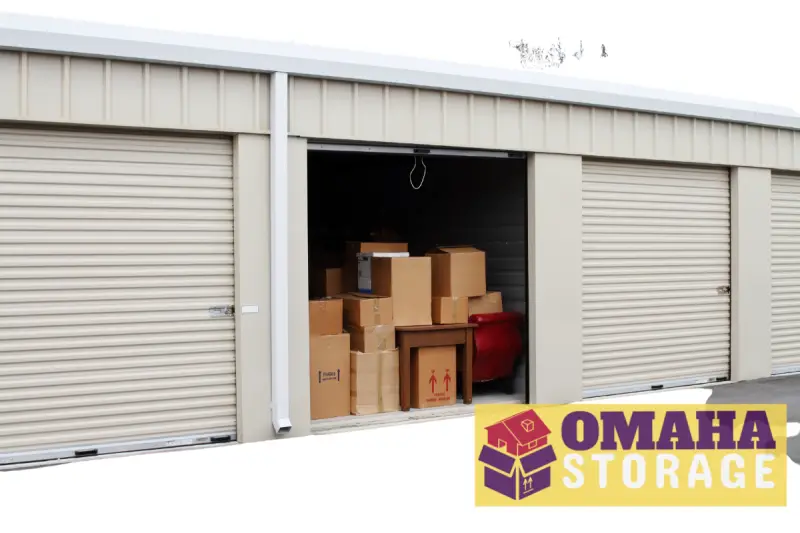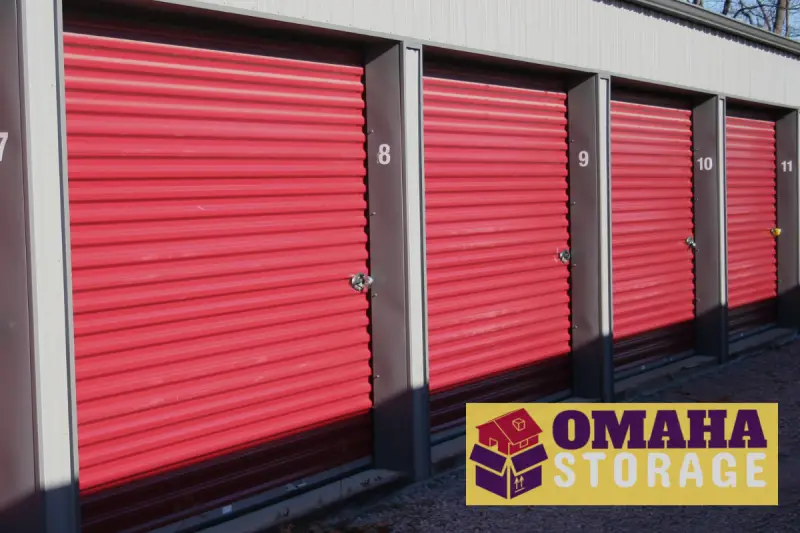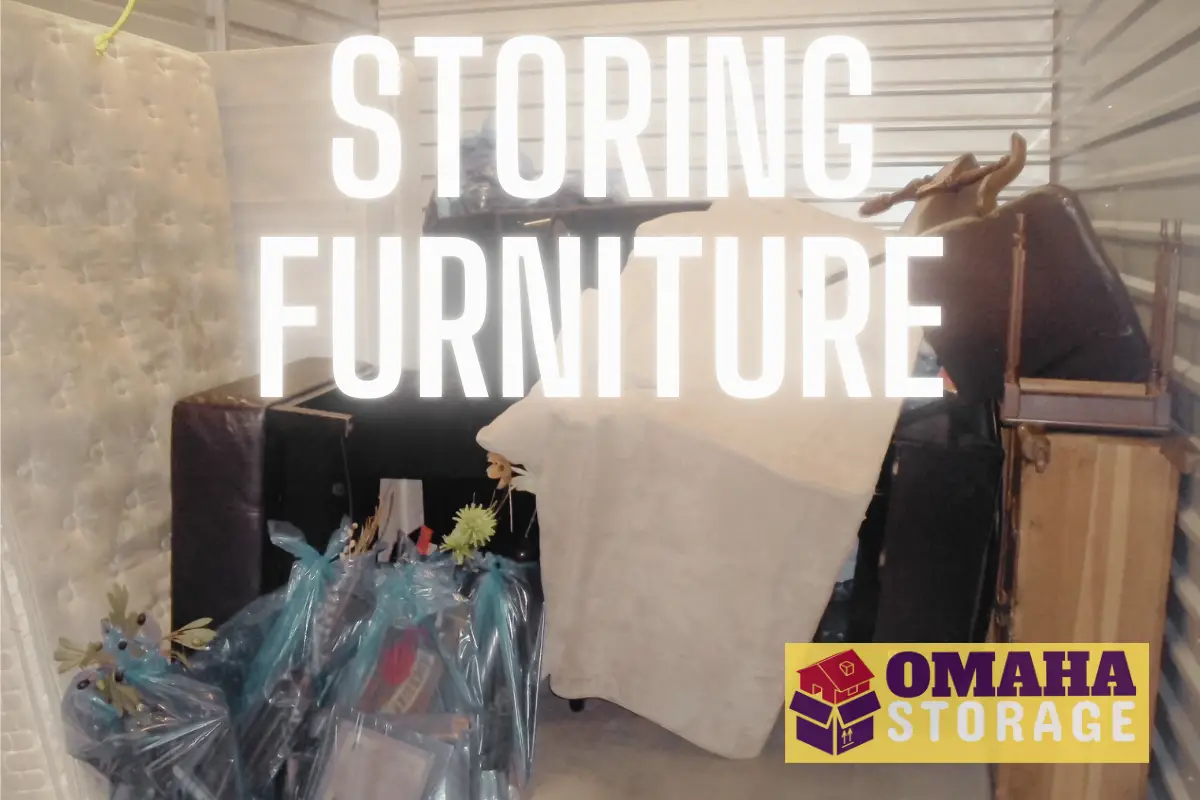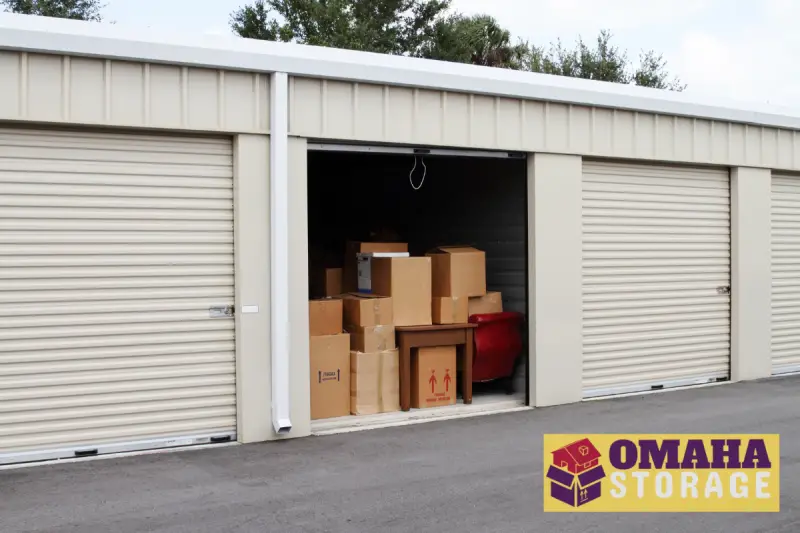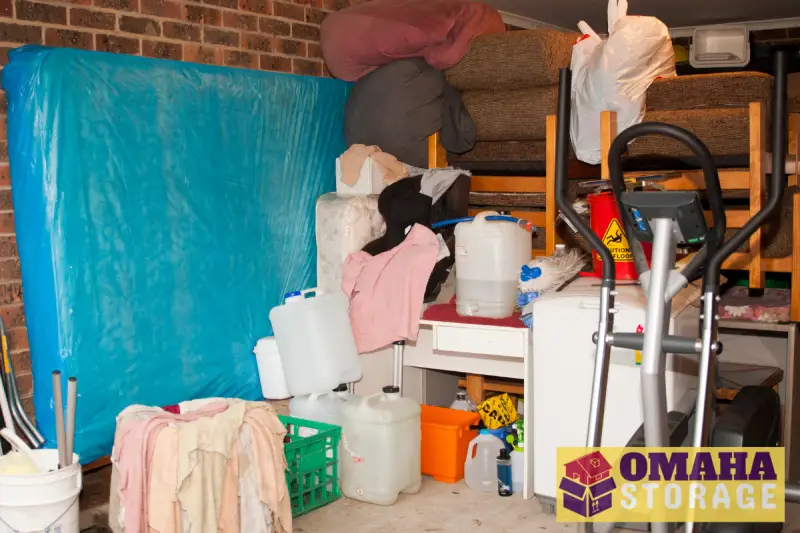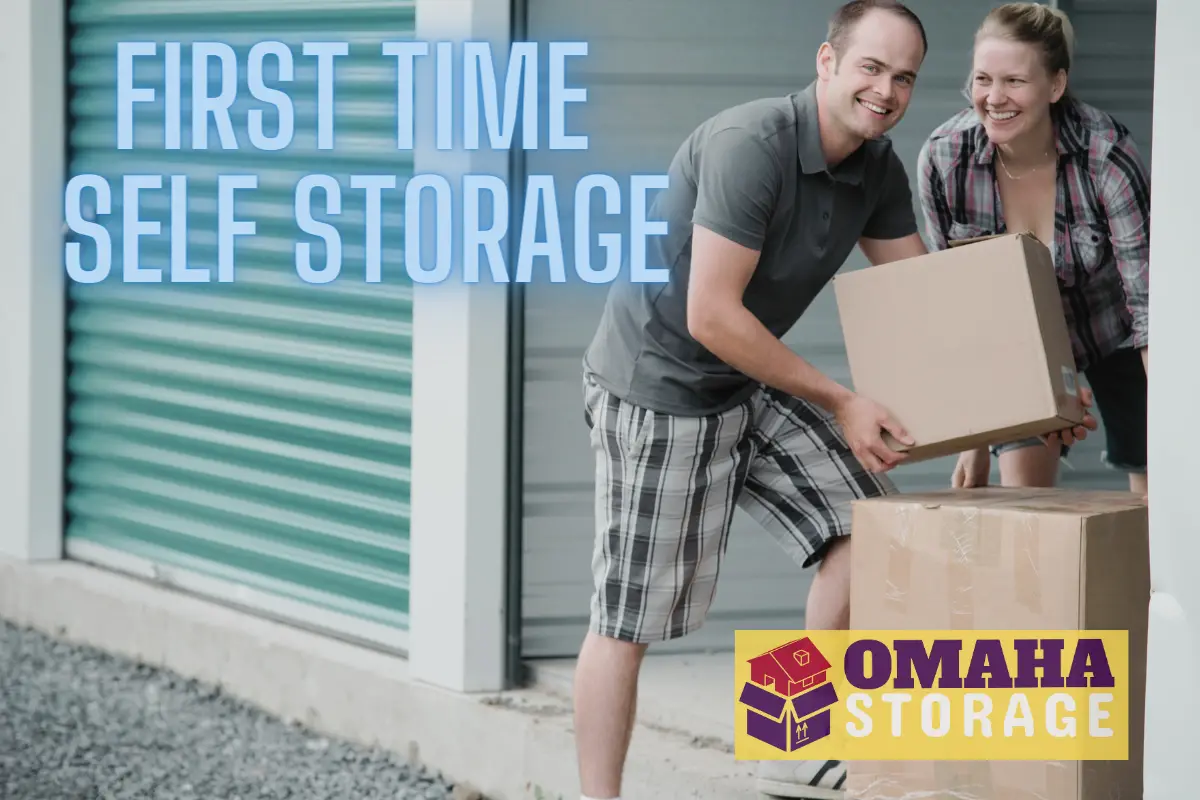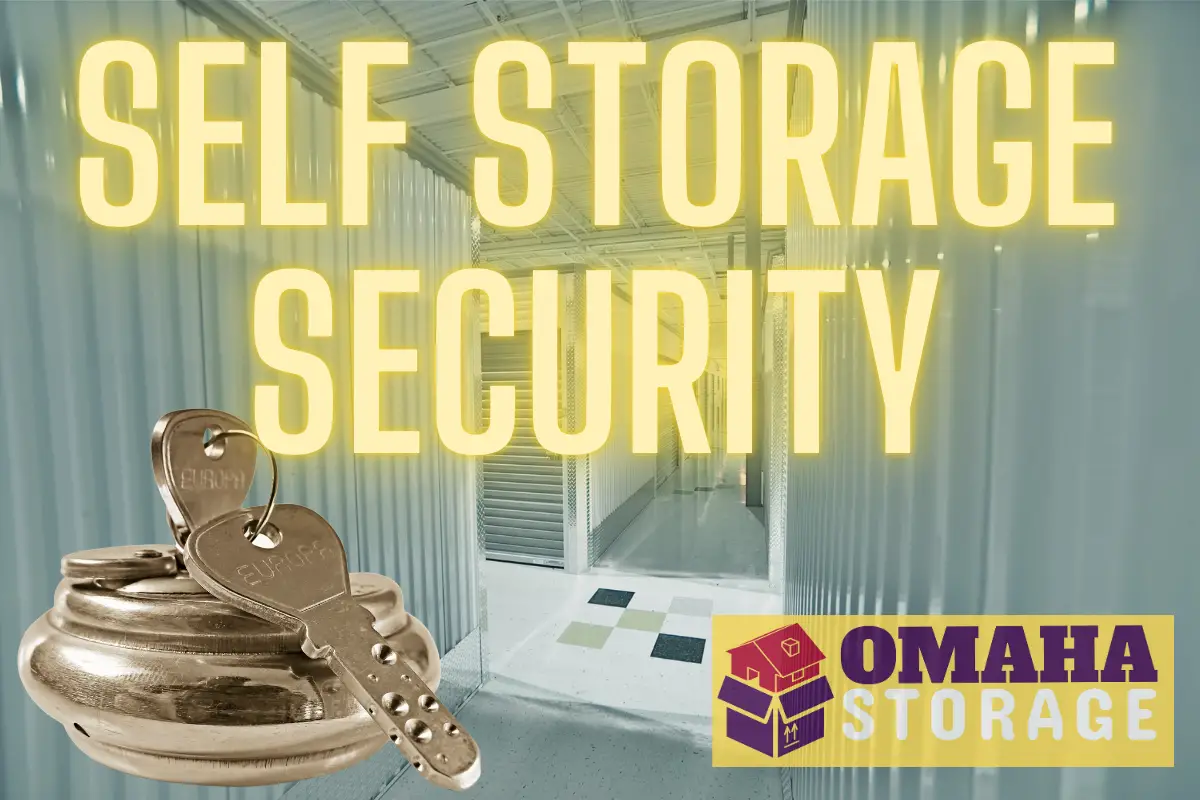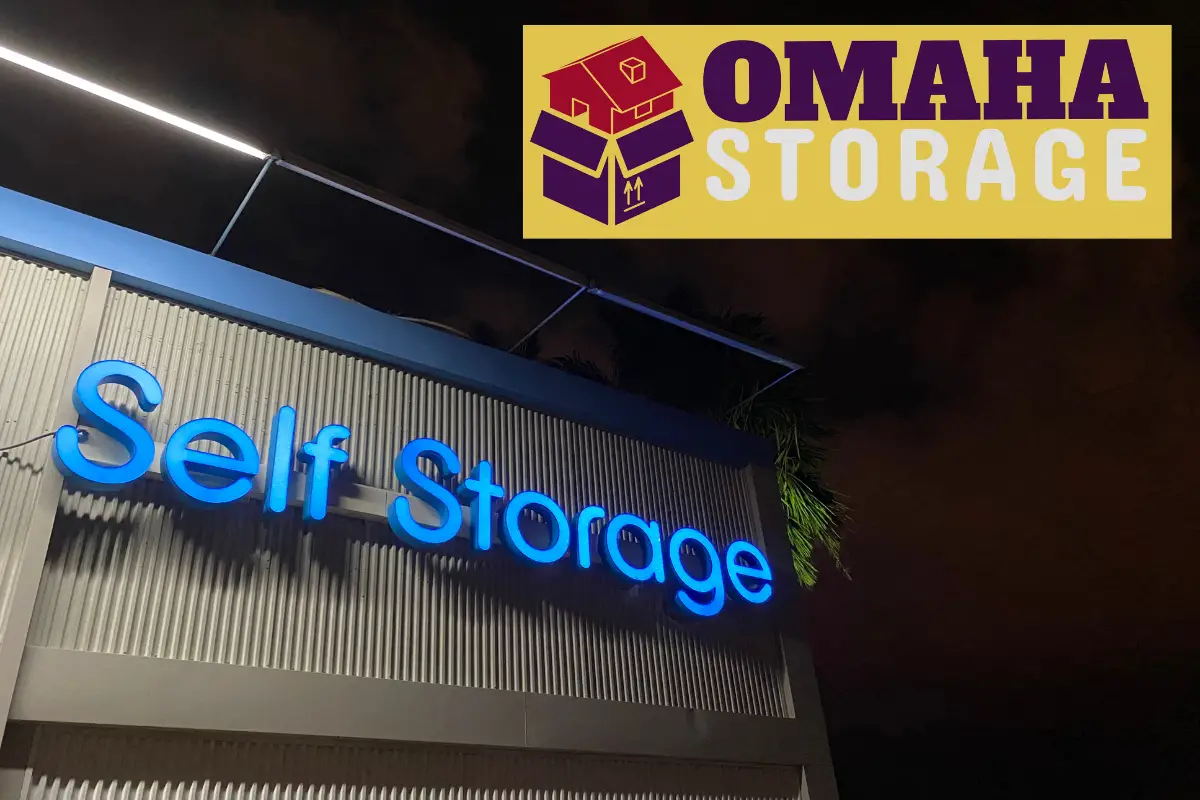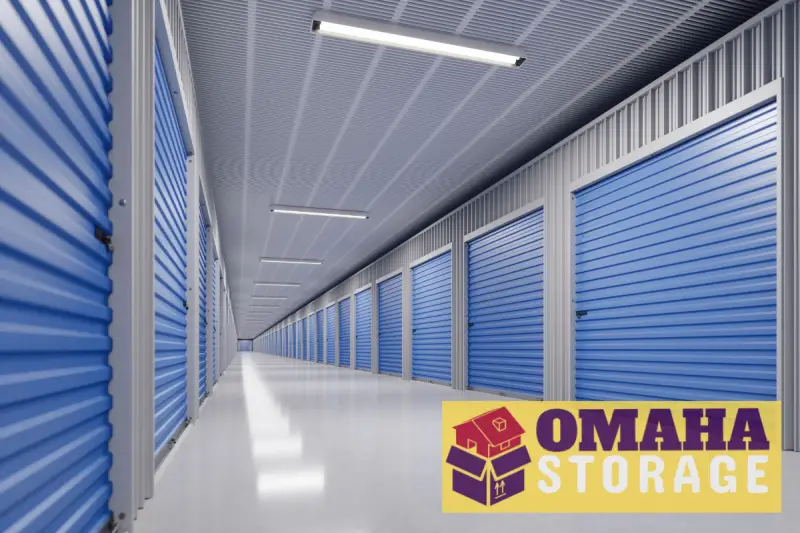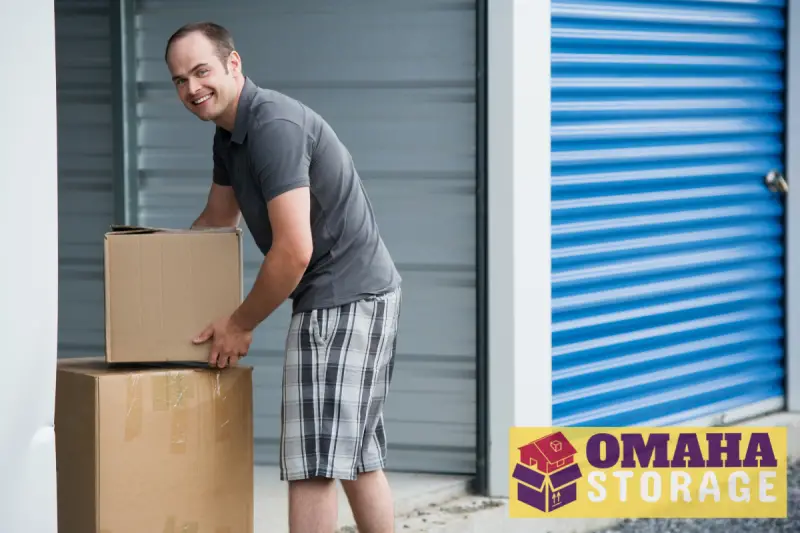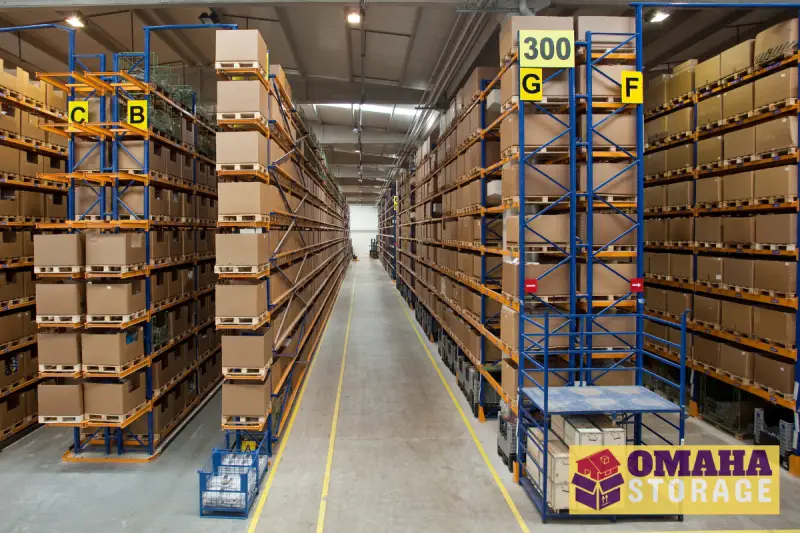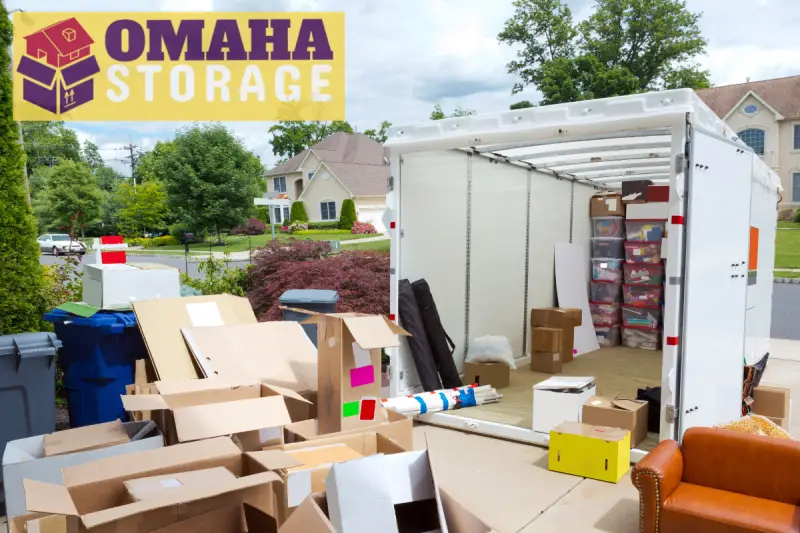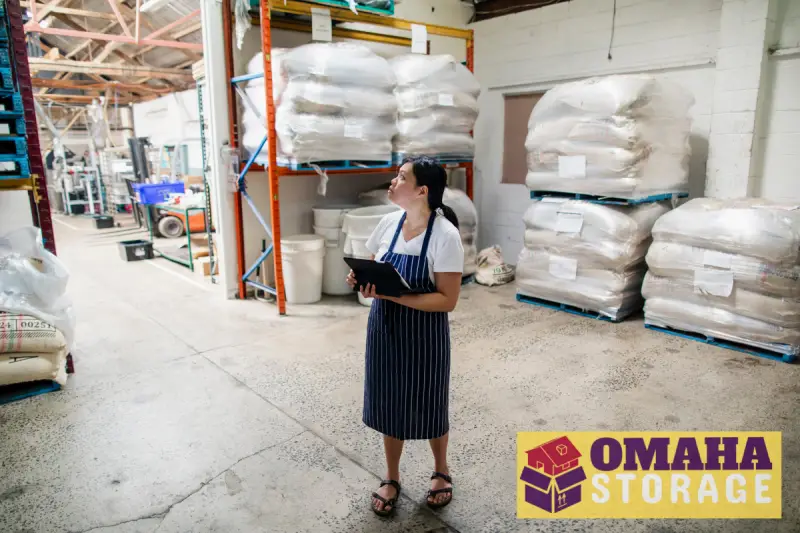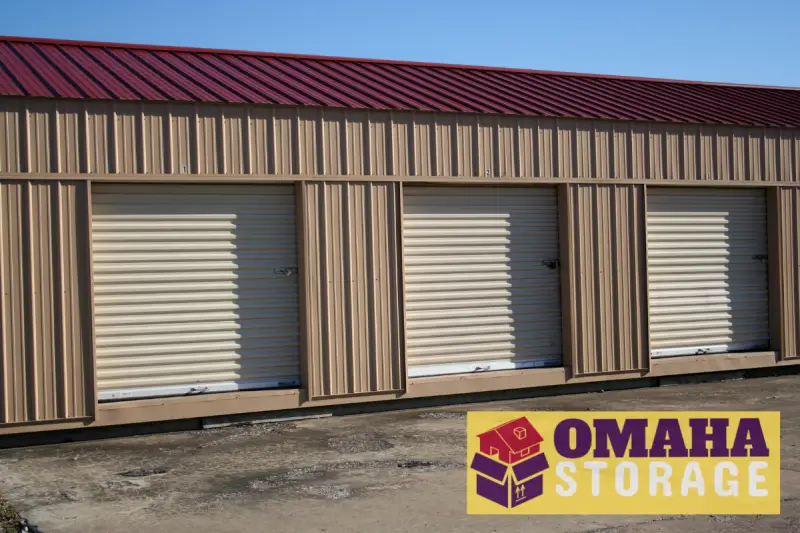The below information is not legal advice and is for informational purposes only including storage unit privacy laws. If you need legal advice, seek the services of a competent professional.
Renting a storage unit is a convenient solution for individuals and businesses in need of extra space.
However, it is essential to understand the legal aspects of renting a storage unit, including contracts and regulations, to ensure a smooth and hassle-free experience.
This article will explore the different legal aspects you should be aware of before signing a storage unit lease.
Understanding the Storage Unit Rental Agreement
The storage unit rental agreement, also known as the lease (for self storage contracts), is a legally binding contract between the tenant and the storage facility.
The self storage contract outlines the terms and conditions of the storage unit rental, including:
- Monthly rental rate and payment due dates
- Length of the rental term
- Security deposit requirements
- Insurance requirements
- Rules and regulations governing the use of the storage unit
Before signing a rental agreement, it is crucial to read and understand all its terms and conditions.
If you are unsure about any aspect of the contract, consult with a legal professional for guidance.
Tenancy Agreement for Storage
A tenancy-agreement-for-storage (also known as a storage rental agreement or self-storage lease agreement) — it’s a legally binding contract between the storage facility owner (landlord) and the person renting the storage space (tenant).
This specialized self storage contract outlines the terms and conditions under which the tenant is allowed to use the storage space provided by the landlord.
The tenancy agreement for storage typically includes:
- Rental details: This includes the location and description of the storage unit, as well as the duration of the rental period, which can be short-term or long-term, and may be subject to renewal.
- Rent and payment terms: This covers the amount of rent to be paid, the due date, and the acceptable methods of payment. It may also include details about late fees and penalties for non-payment.
- Security deposit: The agreement may require the tenant to pay a security deposit to cover potential damages or unpaid rent. The terms for refunding the security deposit upon the end of the rental period should be specified.
- Access and use: The agreement should outline the rules governing access to the storage unit, including hours of operation and any restrictions on items that can be stored. It may also include information about the tenant’s responsibility for securing the unit and maintaining its cleanliness.
- Termination: The agreement should specify the circumstances under which either party can terminate the contract, including breaches of the agreement, non-payment of rent, or abandonment of the storage unit. The notice period required for termination should also be outlined.
- Liability and insurance: The agreement should clarify the extent of the landlord’s liability for any loss or damage to the tenant’s property while it is in storage. In most cases, the landlord’s liability will be limited, and the tenant will be responsible for obtaining their own insurance coverage for stored items.
- Governing law: The agreement should specify the jurisdiction’s laws governing the contract.
Both parties should carefully review and understand the terms and conditions before signing a tenancy agreement for storage.
It is essential to keep a copy of the signed agreement for future reference in case any disputes or issues arise during the rental period.
Storage Unit Insurance Requirements
Many storage facilities require tenants to maintain insurance coverage for their stored belongings.
This can be accomplished through:
- Your homeowner’s or renter’s insurance policy, which may cover stored items
- A separate storage unit insurance policy specifically designed for stored belongings
Be sure to review your insurance policy’s coverage limits and exclusions, and adjust it as necessary to meet the storage facility’s requirements.
State and Local Regulations
Each state and municipality may have its own regulations governing the operation of self-storage facilities.
These regulations can include:
- Zoning laws that dictate where storage facilities can be built
- Health and safety codes that set standards for facility maintenance
- Consumer protection laws that address potential unfair business practices and storage unit privacy laws
Ensure that the storage facility you choose complies with all applicable laws and regulations to protect your interests as a tenant.
Prohibited Items and Storage Unit Restrictions
Storage unit rental agreements typically contain a list of prohibited items and activities, such as:
- Storing hazardous or flammable materials
- Using the storage unit as living quarters
- Running a business directly from the storage unit
Violating these storage unit restrictions can result in eviction from the storage facility or legal penalties.
Make sure to familiarize yourself with the storage unit rules and regulations — and abide by them to avoid issues.
Understanding the Lien Process
If a tenant fails to pay their storage unit rent, the facility owner may have the legal right to place a lien on the stored items.
This process, known as the lien process, allows the facility owner to eventually sell the items to recover unpaid rent.
Laws governing the lien process vary by state, so it is important to understand the specific regulations in your jurisdiction.
Terminating Storage Unit Contracts
Both the tenant and the storage facility owner have the right to terminate storage unit contracts under specific circumstances, such as:
- Non-payment of rent
- Violation of lease terms
- Expiration of the rental term
Understanding the process and requirements for lease termination can help you avoid unexpected fees or legal disputes.
Typically the tenant needs to submit a termination letter with a 30 day advance notice.
Resolving Storage Unit Disputes
In the event of a dispute between a tenant and storage facility owner, it is essential to follow legal procedures to resolve the issue.
This can include:
- Negotiating a resolution directly with the facility owner
- Filing a complaint with a local consumer protection agency
- Seeking mediation or arbitration to settle the dispute
- Taking legal action in small claims court or civil court, if necessary
Being aware of your legal rights and obligations as a storage unit tenant can help you navigate potential disputes and protect your interests.
Renting a storage unit involves various legal aspects, from understanding the rental agreement to complying with state and local regulations.
Understanding the legal aspects of renting a storage unit is essential for a stress-free storage experience.
Before signing a rental agreement, make sure you comprehend the terms and conditions, insurance requirements, and applicable state and local regulations.
Familiarize yourself with the default procedures, termination process, and dispute resolution methods to protect your rights and stored belongings.
What is Agreement Stacking in Conflict Resolution?
In the context of storage unit rules and regulations, agreement stacking in conflict resolution refers to the process of finding common ground between the tenant and the storage facility owner (or management) by focusing on smaller agreements before addressing the main dispute.
This approach can be useful for you when conflicts arise over renting storage unit issues like timely payments, lease terms, facility rules or other disagreements between the parties.
For example, if a tenant is facing eviction due to non-payment of rent, the agreement stacking process might involve:
- Acknowledging that both parties understand the importance of timely rent payments to maintain a functional and profitable storage facility.
- Agreeing that the tenant values the storage space and wants to continue using it.
- Identifying any shared concerns or interests, such as maintaining a secure and well-maintained facility.
Once these smaller agreements are established, the parties can then move on to discussing the main issue at hand — such as the outstanding rent or the terms for resolving the non-payment situation while maintaining storage unit renters rights.
By building on these smaller agreements, you can create a more collaborative atmosphere that can lead to a mutually beneficial resolution of a conflict.

